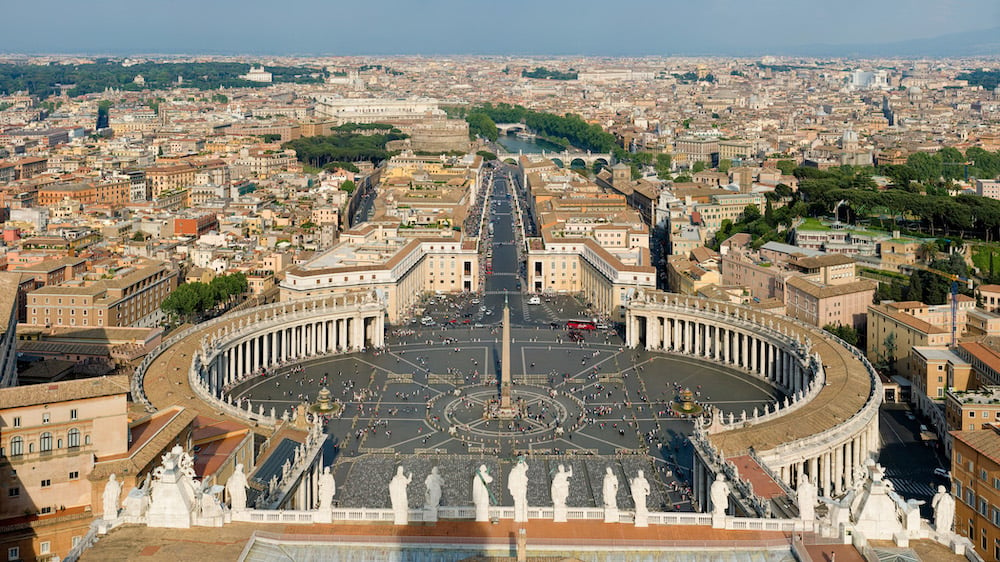When my grandfather, our family's esteemed patriarch, died, I spoke at his funeral. The parlor at Moloney’s was jam-packed with Roman Catholic friends. Like the pensive Michael Corleone (of The Godfather), I sat near the casket eyeballing visitors.
Login to read more
Sign in or create a free account to access Subscriber-only content.
Topics:
